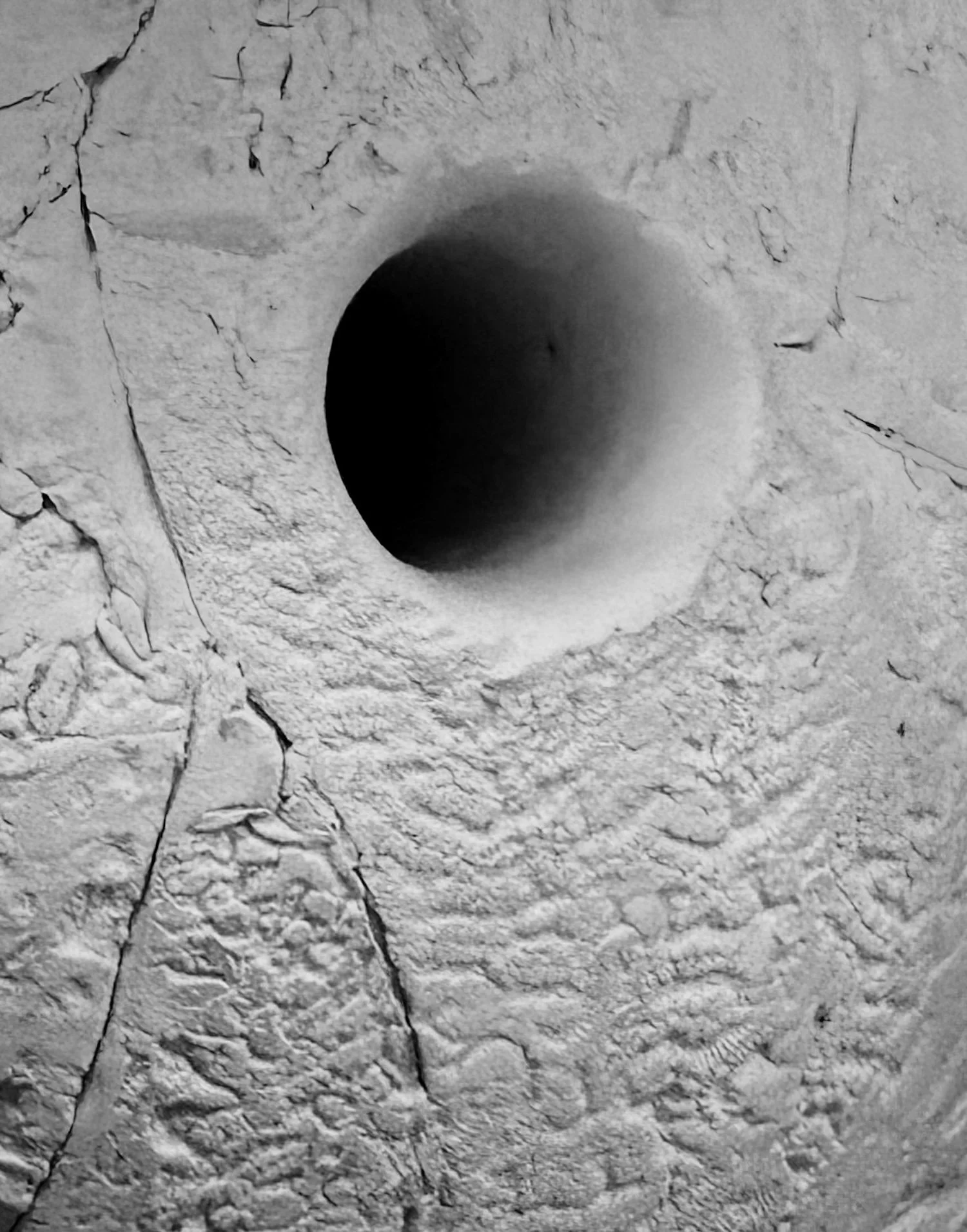
"Ain’t Hold Much / Ain’t Too Much to Hold"
Ain’t Hold Much / Ain’t Too Much to Hold
A group exhibition curated by Chris Burch with Rebeca and Scott Proctor, featuring new works by Alejandra Almuelle, Chris Burch, Shikha Joshi, Jacqueline Overby, Rebeca Proctor, Scott Proctor, Tim Schmidt, and Frank Zhu
November 15th - December 13th, 2025
On view Saturdays, 12-6pm, and during the Austin Studio Tour, November 15th and 16th, 12-6pm
5419 Glissman Road, Austin, TX 78702
Events:
COWBOY XMAS - Annual Winter Fundraiser and Membership Drive:
Saturday, December 6th, 7-11pm, Become a Member or get sliding scale tickets today!
at Co-Lab Projects' Culvert Gallery, 5419 Glissman Rd
Against the backdrop of the culvert gallery, which we see as a vessel itself, we are studying ourselves and clay. Giving form to the weight of the day-to-day. Trying to shoulder the weight of a world that feels at once overwhelmingly massive and uncomfortably close at hand. We are observing and considering the things we choose to carry.
Our work lives between pressure and release, use and uselessness. There is a satisfaction in it, and a constant tug to do more. The mental chatter of unfinished lists, unmet goals, and the things said and unsaid mingles with the silence of a falling star, the birds singing in the morning, and the feeling of the grog between the fingers and under the nails. The dichotomy of all these experiences and responsibilities echoes through and around this collection of our work. Like a balloon tied to an anchor, it's both weightless and dragging. Simultaneously a burden and a joy, pulling in opposite directions.
We all have jobs to do, lives to manage, places to be. But what of our true work?
Few of us have escaped the unspeakable crush of all the digital noise—each ping, scroll, and feed pulling us further from the work that asks for our hands, our time, our care from every corner of the planet—demanding our attention, filling us up like ethereal microplastics. All of it calls us away from what matters. The work of and in our hands. The work that feeds us, gives us life, and lets us pour that life back into the world.
We carry this work inside us. We can know it by listening, by looking for it.
Without it, all we have is a naked longing—a hunger without the hope of satiety.
Some days we hold it all.
Some days it slips through our fingers.
Still, we carry it.
We carry it in the belief that love is holding—
and it ain’t too much to hold.
This exhibition is supported in part by H-E-B, the City of Austin Office of Arts, Culture, Music and Entertainment through the Nexus Grant Program, Texas Commission on the Arts, the National Endowment for the Arts, Individual Donors, and Members like You!










